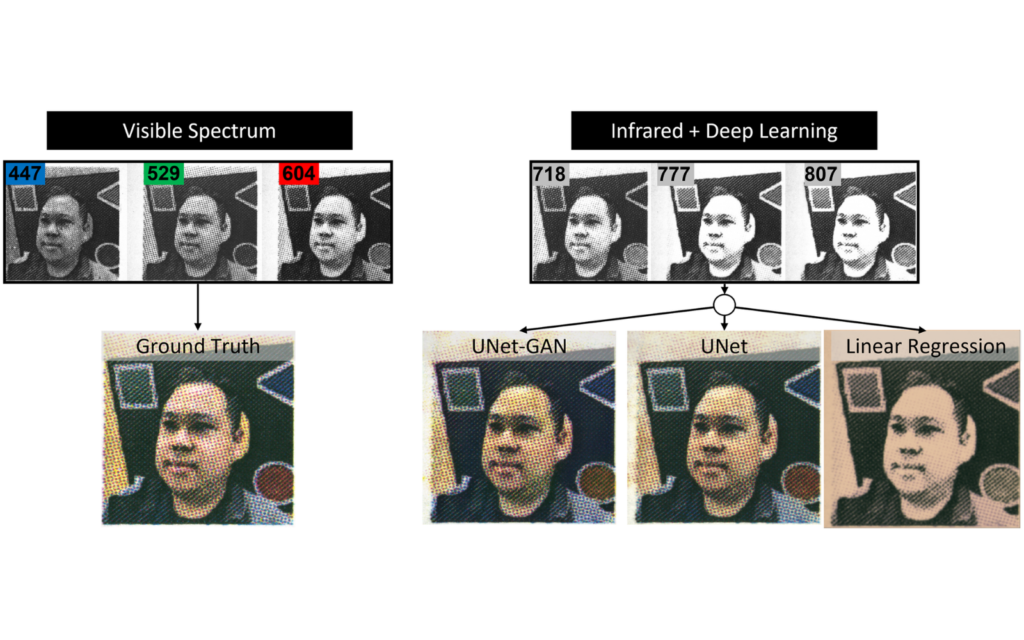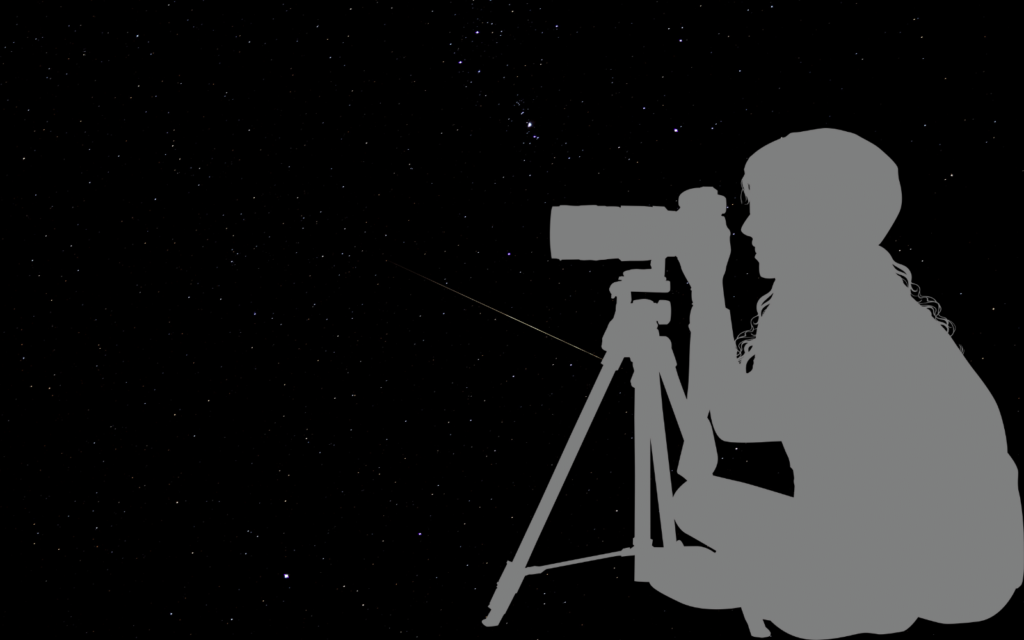As far as species go, humans aren’t all that great. You’d think that after roughly six million years of evolution we’d have stopped biting the insides of our own mouths. Or that we’d be able to keep the bits of hair that were grown for the task out of our eyes. When you really examine how we’re made up, it’s surprising we’re standing where we’re standing.
Luckily for us, we have relatively large brains. Well, most of us do. Some of the large-brained among us are researchers from the University of California, who have developed an algorithm that sees in the dark. Kinda.
AI-powered infrared vision?

“We sought to develop an imaging algorithm powered by optimized deep learning architectures whereby infrared spectral illumination of a scene could be used to predict a visible spectrum rendering of the scene as if it were perceived by a human with visible spectrum light,” reads the abstract of a paper explaining the concept.
“This would make it possible to digitally render a visible spectrum scene to humans when they are otherwise in complete ‘darkness’ and only illuminated with infrared light.”
To explain that to your friends who don’t read Stuff, just say ‘Smart people have developed an algorithm that can develop colour images from images taken in the dark.’ That’s all you need to do to sound rather clever. The idea is that infra-red light may be converted, thanks to the magic of artificial intelligence, into actual colours. Much like those ‘colourised’ olde timey images you occasionally see on Reddit, which are also created using AI.
Before you get excited about this, the researchers say that it’s still very early days for the technology. This was just a “proof-of-principle study using printed images with a limited optical pigment context”. Don’t expect it to be included with your next smartphone. Apple’s probably working on it, though.
Also remember: AI is cool but it’s only as accurate or ‘intelligent’ as we make it. Remember that one AI Twitter bot that almost immediately became a raging racist and anti-semite? Yeah, we try not to think about that one either.
Source: IFL Science




